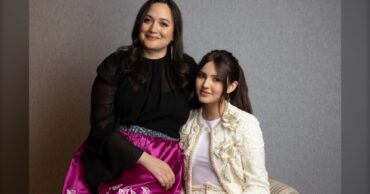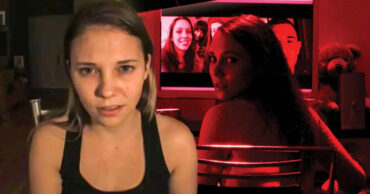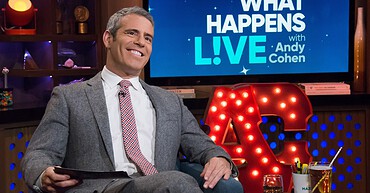Pixar’s new animated movie, Inside Out 2, hits theaters this weekend, sparking excitement nearly a decade after the original. With Riley now facing puberty, emotions like Anxiety and Embarrassment come to the forefront, adding new complexities to her character.
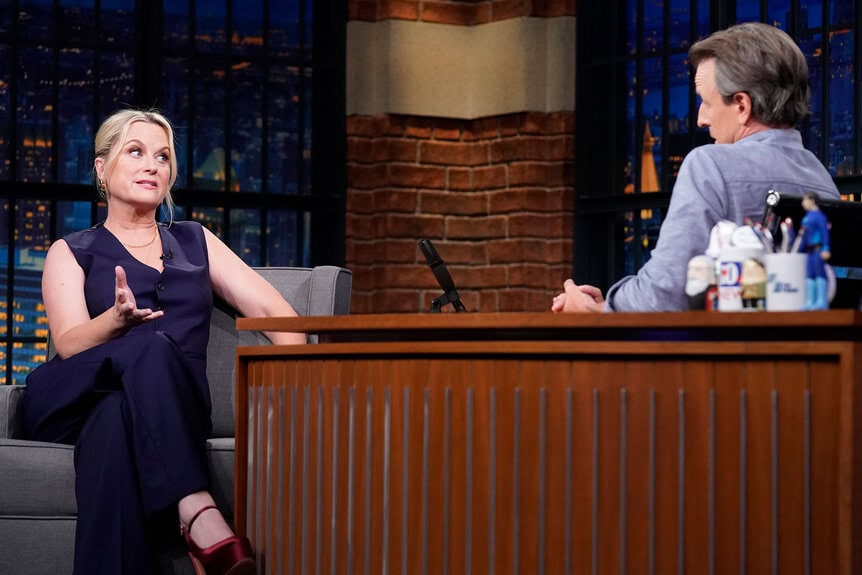
A Shift in Emotional Dynamics
In this sequel, Riley is now 13 and introduces Anxiety, voiced by Maya Hawke. Anxiety is characterized as a bundle of frazzled energy ensuring Riley’s preparedness for every negative outcome. This new addition promises to shake up everything at headquarters and beyond.
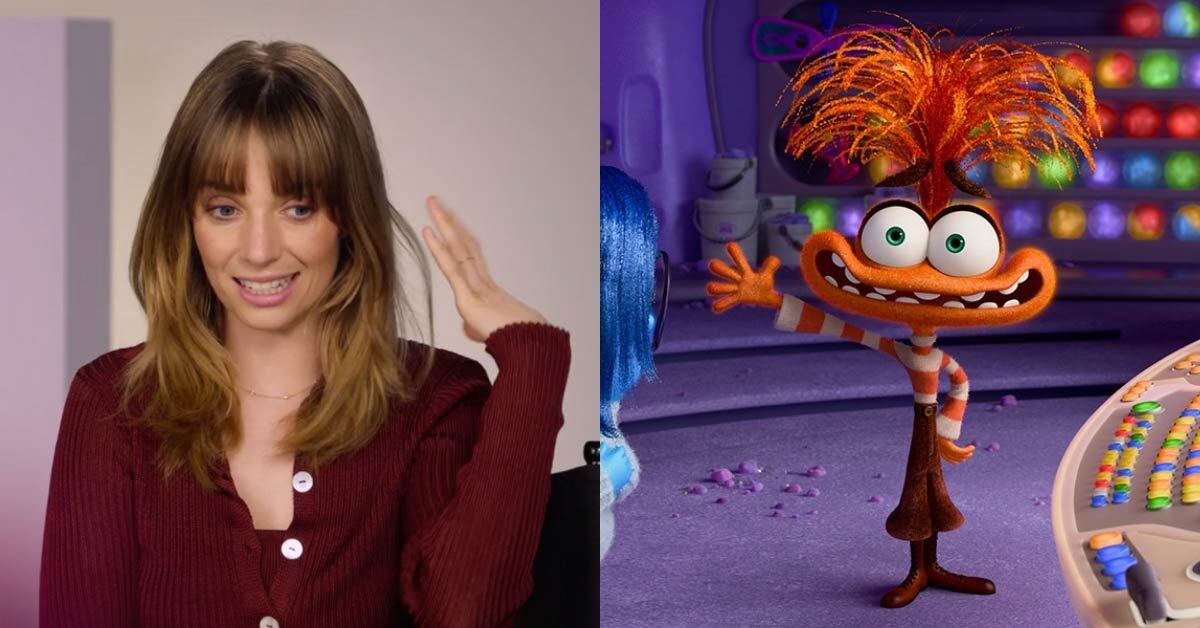
It’s because they can anticipate more things that could go wrong
, says psychologist Lisa Damour, elaborating on why Anxiety takes center stage as Riley navigates the throes of adolescence.
The Climactic Anxiety Attack Sequence
Amy Poehler, Maya Hawke, and the filmmakers discussed the intense process behind the film’s climax: an anxiety attack scene which required extensive planning—a whopping 25 meetings. Pixar’s chief creative officer Pete Docter noted how crucial it was to get such scenes right for authenticity.
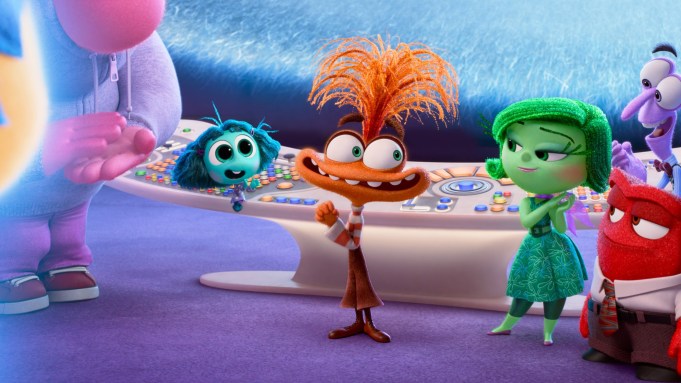
Poehler, who voices Joy, remarked, Sitting with difficult emotions is something so many people feel uncomfortable with. Understandably so. But it’s such a gift we can give to each other.
Resonating with Audiences
The original film already hinted at upcoming complexities in Riley’s emotional world. The sequels build upon this foundation, diving into mental health challenges like anxiety—a natural progression given Riley’s age and life changes.
High expectations surround Inside Out 2‘s release. With its relatable characters and portrayal of intricate emotions, Pixar aims to resonate again with teens and adults who grew up with the first film. A ninth-grader named José reflected on seeing Inside Out for the first time in 2015: Six-year-old me thought people were inside my head.
Now older, José appreciates how the movie depicted Riley’s complex feelings accurately.
The filmmakers’ dedication to representing emotional realities ensures that both kids and parents can learn from and connect with the story. As Damour puts it, validating all emotions—including painful ones—can help us become better humans.
 Follow Us
Follow Us



